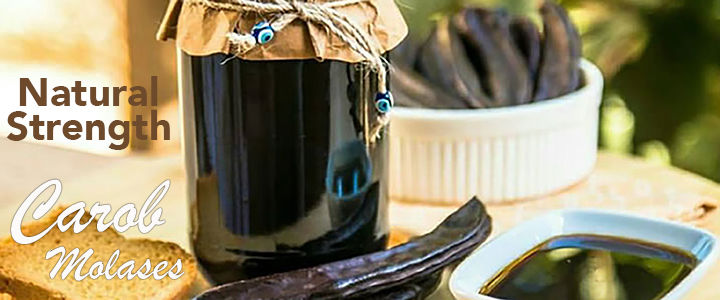English
You have no items in your shopping cart.
Products tagged with 'kekik'
ARIFOGLU Oregano 135g
Arifoglu offers freshest spices everytime! Store in a cool, dry place out of direct sunlight.
$10.99
ARIFOGLU Oregano Water (Kekik Suyu) 500ml
Turkish Oregano water, which has antioxidant components, helps to protect body against diseases by supporting the body’s immune system.
$11.99
ARIFOGLU Thyme Oil (Kekik Yagi) 100ml
It is a volatile oil obtained by water vapor distillation from the flowering branches of some Thymus (Lebiatae) species. It contains terpenic substances Thymol and Carvacrol. It can be used for hair and skin by diluting with water, olive oil or sweet almond oil.
$30.99
BASAK Oregano 30g
Ancient Egyptians used thyme for embalming. The ancient Greeks used it in their baths and burnt it as incense in their temples, believing it was a source of courage. The spread of thyme throughout Europe was thought to be due to the Romans, as they used it to purify their rooms and to "give an aromatic flavour to cheese and liqueurs". In the European Middle Ages, the herb was placed beneath pillows to aid sleep and ward off nightmares. In this period, women also often gave knights and warriors gifts that included thyme leaves, as it was believed to bring courage to the bearer. Thyme was also used as incense and placed on coffins during funerals, as it was supposed to assure passage into the next life.
$3.99
.gif)










































.jpeg)